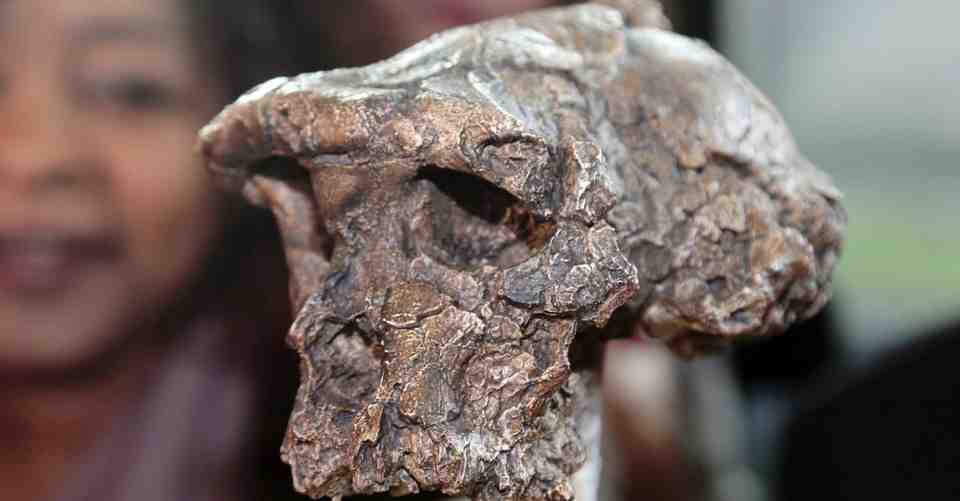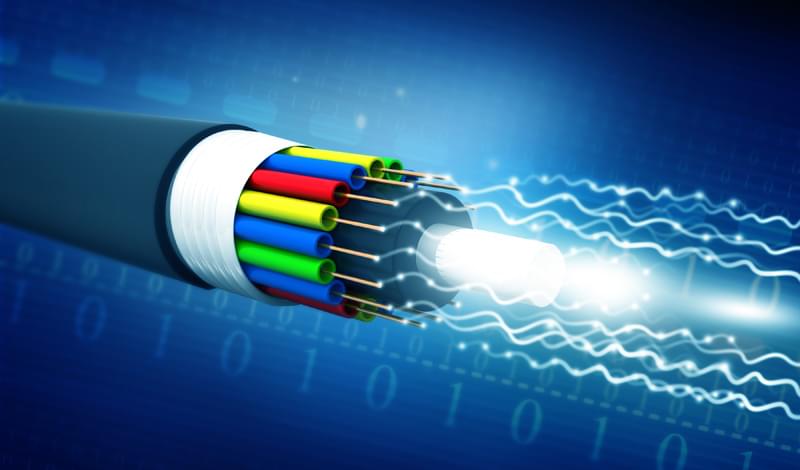Circa 2017 face_with_colon_three
Stuart Russell weighs up a book on the risks and rewards of the AI revolution.
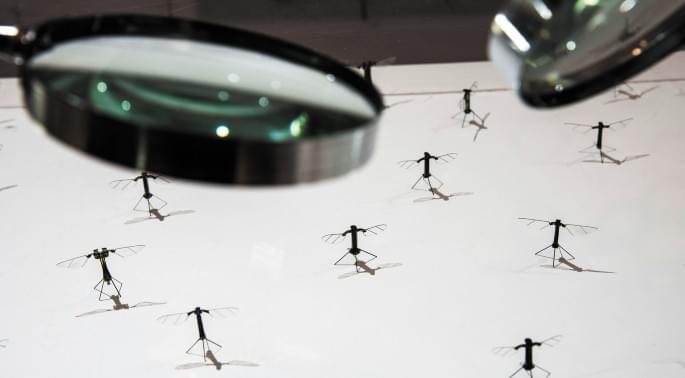
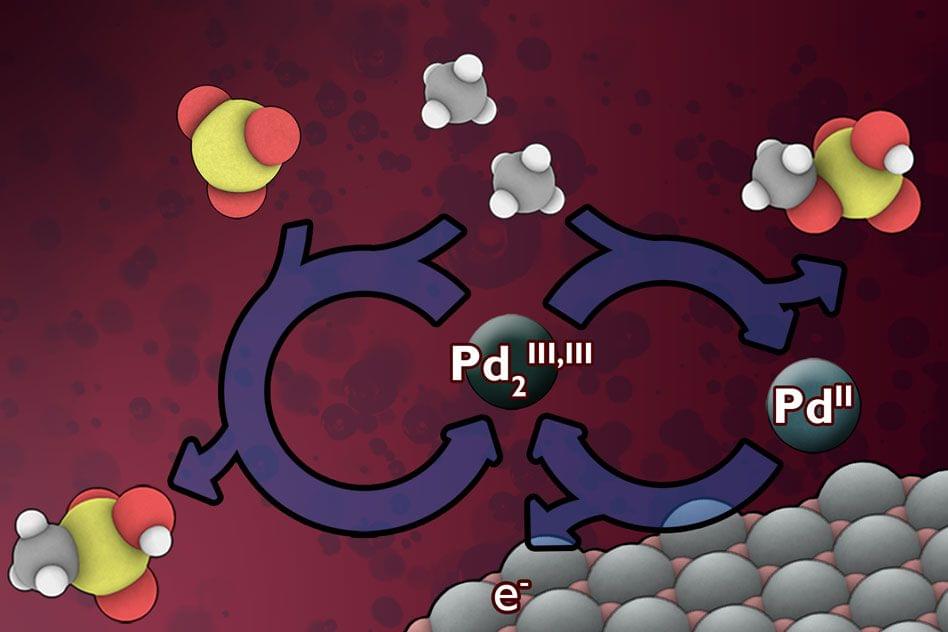

An interesting (and futuristic) project being developed in Switzerland…

Much of Bangkok is being abandoned due to flooding.
Bangkok, with a population of over 12 million, has been sinking underwater for decades. By the early 2030s, it is facing a disaster of epic scale, with much of the city being abandoned.*.
Go to https://NordVPN.com/sabine or use code “sabine” to get a 2-year plan plus 1 additional month with a huge discount.
It is possible to make a brand new baby universe in the laboratory? How would we do it? And if we made one, what would we do with it?
You can support us on Patreon: https://www.patreon.com/Sabine.
A nice introduction to the topic is this paper: https://arxiv.org/abs/1512.01819 which also contains the 10kg bound that I mention.
0:00 Intro.
0:22 Where do we take all the stuff from?
1:54 How do we make it expand?
4:20 How much mass does one need?
5:33 What would we do with it?
6:46 Sponsor Message

Ever noticed a spike in your temper when you’re uncomfortably warm? Found yourself in a fit of rage when you’re all sweaty and it’s unbelievably hot outside?
If you did, have you blamed it on the weather?
Sure, you may have attributed a mood swing or two to an overcast sky, but is there a pattern you’ve observed over time? Maybe not. But if you did, you’re not alone.
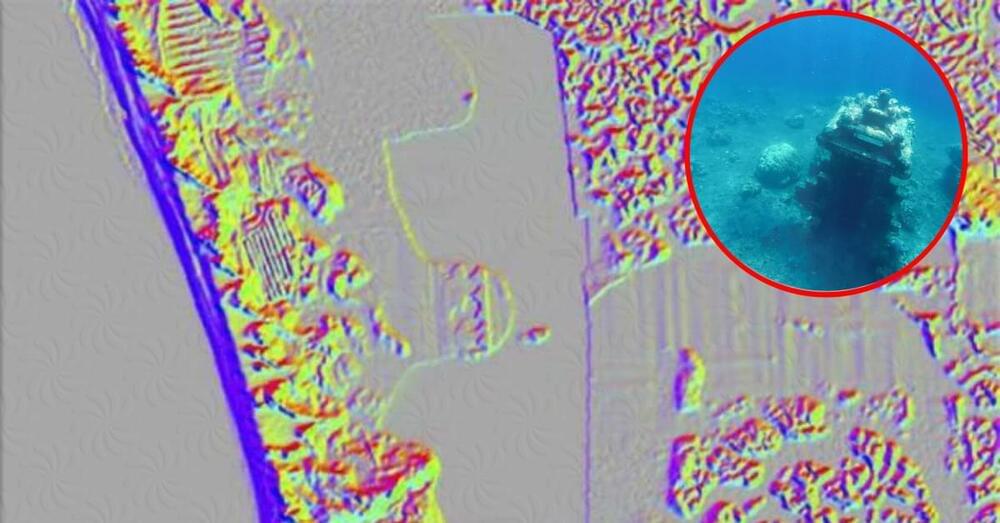
According to Heritage Daily, the legendary temple was discovered when a joint research team between the University of Seville and the Institute of Andalusian Historical Heritage (IAPH) used LiDAR, a laser remote sensing technique, to scan the Bay of Cádiz.
LiDAR images reveal hidden structures – (Image: IAPH).
They recognized a large rectangular structure submerged under water that Dr Francisco José Gacía, director of the University of Seville’s Department of Prehistory and Archeology, described to El Pais as a “spectacular find”.
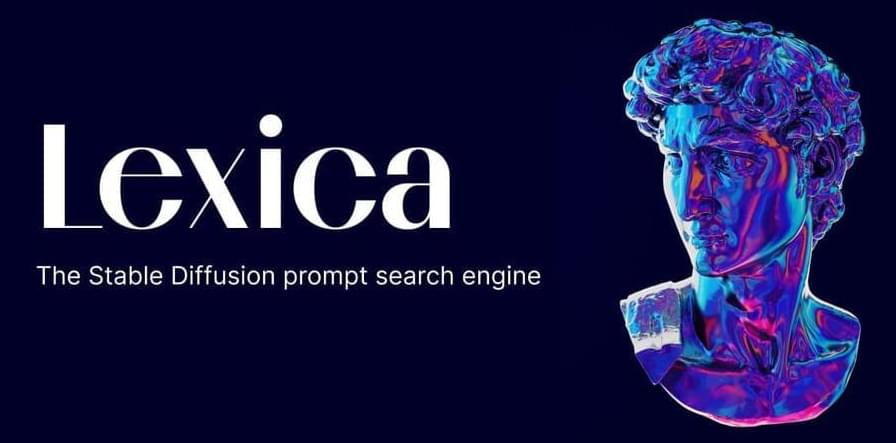

Scientists have created “synthetic” mouse embryos from stem cells without a dad’s sperm or a mom’s egg or womb.
The lab-created embryos mirror a natural mouse embryo up to 8 ½ days after fertilization, containing the same structures, including one like a beating heart.
In the near term, researchers hope to use these so-called embryoids to better understand early stages of development and study mechanisms behind disease without the need for as many lab animals. The feat could also lay the foundation for creating synthetic human embryos for research in the future.
